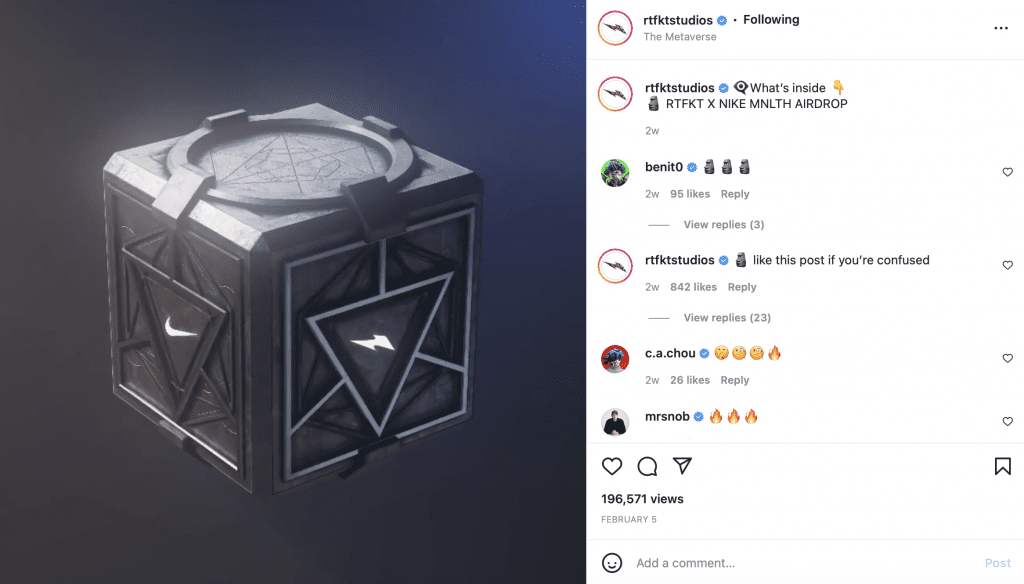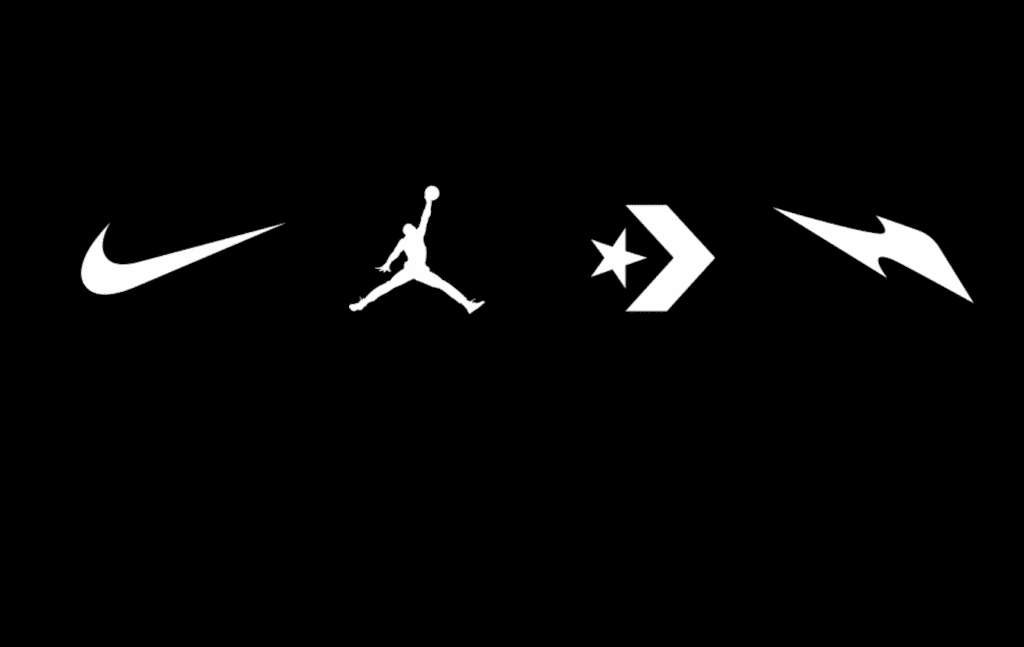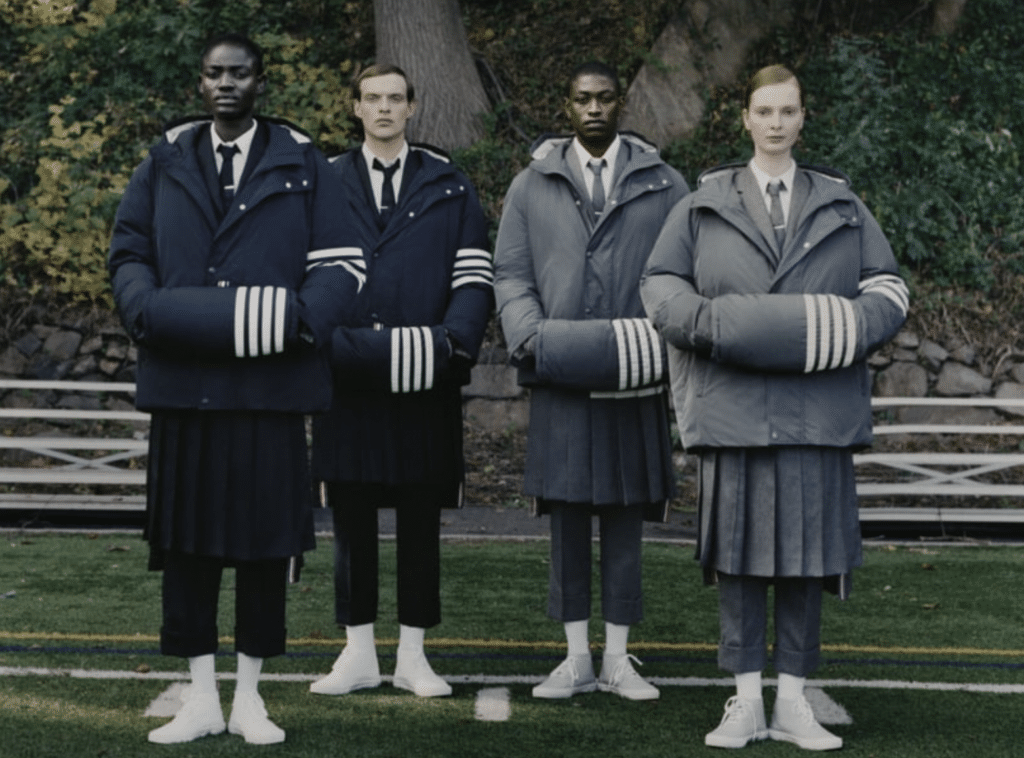Nike has filed a number of new trademark applications for registration that further shed light on its ambitions in the metaverse, and give a peek at how big-name companies are approaching trademark filings in connection with this burgeoning realm in lieu of well-established examples to follow. After first filing an array of currently-pending applications for some of its most famous trademarks for use on various virtual goods/services in October 2021 in the U.S., as well as in Singapore, Switzerland, Mexico, and Canada, Nike has lodged a handful of new applications with the U.S. Patent and Trademark Office (“USPTO”) – this time in connection with projects coming from RTKFT, the virtual footwear and fashion company that it acquired in December.
The new RTKFT-focused applications are interesting, as they expand upon the classes of goods and services that Nike has previously listed in its applications – and that have since been adopted by an ever-growing number of brands as the key classes for filing for metaverse-related marks. You may recall that in its headline-making metaverse applications last fall, Nike specifically lists “downloadable virtual goods” (in Class 9), “retail store services featuring virtual goods” (Class 35), and “entertainment services, namely, providing on-line, non-downloadable virtual footwear, clothing, headwear, eyewear, bags, sports bags, backpacks, sports equipment, art, toys and accessories for use in virtual environments” (Class 41) as among the classes it intends to use its marks on.
The more recently filed applications center on marks, including MNLTH, Loot Pod, Space Pod, PodX, and D.A.R.T X, all of which are being used in conjunction with RTFKT creations. The MNLTH mark, for instance, is being used to promote non-fungible tokens (“NFTs”) tied to a virtual Nike/RTFKT logo-bearing box, while the “Loot Pod” mark is being used in connection with a virtual “marble canvas to display your most precious Metaverse loot.”

New Classes for Nike and Others
Unlike Nike’s October trademark applications and similar ones that have followed since, in which Nike is seeking registrations for its famous wordmark and the Swoosh logo, among others, the applications for the RTKFT marks are not limited to Classes 9, 35, and 41, and in fact, include other classes, as well …
Class 16 for “Trading cards.”
Class 18 for “Sports bags, backpacks, duffle bags, tote bags, gym bags, drawstring pouches.”
Class 25 for “Clothing, namely, jerseys, pants, shorts, t-shirts, shirts, sweatshirts,” etc.
Class 28 for “Sports balls; basketball; footballs; soccer balls; toys.”
Class 40 for “Custom manufacture and custom 3D printing for others; custom physical manufacture of digital footwear, apparel, headwear, bags, backpacks, masks, jewelry, sports equipment, digital animated and non-animated designs and characters, avatars, digital overlays, skins, art, toys, trading cards and digital collectibles.”
Class 42 for “Providing non-downloadable computer software for production, automated and non-automated creation, and automated and non-automated modification of interactive media, video clips, photography, music, data, visual effects, digital collectibles or crypto-collectibles associated with NFTs,” etc.
Class 45 for “Leasing of digital content, including but not limited to digital content associated with non-fungible tokens; leasing of reproduction rights of digital content, including but not limited to digital content associated with NFTs.”
It is worth noting on the Class 9 front that while previous Nike applications that list Class 9, which exclusively list “downloadable virtual goods, namely, computer programs featuring footwear, clothing, headwear, eyewear, bags, sports bags, backpacks, sports equipment, art, toys and accessories for use online and in online virtual worlds” as the goods/service, the RTFKT applications go further. Counsel for Nike includes the following language in its description of Class 9: “Providing mobile software applications for authentication using blockchain-based software technology; providing mobile software applications and technology solutions for the purpose of product and document authentication and tracking, and brand monitoring and protection, to protect against counterfeiting, tampering, and diversion, and to ensure the integrity of genuine products and documents.”)
Filing Strategy
The new intent-to-use applications that Nike lodged with the USPTO seem to suggest that it – and RTFKT – plan to leverage consumer interest in RTFKT’s virtual wares (and virtual goods and NFTs more generally) to sell physical ones and/or that their virtual goods will be paired with physical ones, which RTFKT has done in the past. At the same time, the inclusion of new counterfeiting language of the Class 9 description is striking, and almost certainly serves as a nod to the sheer volume of allegedly infringing NFTs currently on the market, and Nike’s efforts to introduce efforts to shield consumers unauthorized NFTs bearing RTFKT or Nike marks.
As a whole, the new applications are worthy of attention, as the inclusion of Classes 40, 42, and 45 could prove to be a popular addition to metaverse-related applications more broadly in light of Nike’s apparent ability to influence larger trademark filing practices in this space. After all, no small number of companies were seemingly prompted by – and have largely relied upon the same filing format as – Nike, rushing to the USPTO and other national trademark offices last year, seeking registrations for their mark in Classes 9, 35, and 41. While other brands have since begun listing Classes 41 and 42 in their applications (Bulgari comes to mind, for example, as does Tod’s and Roger Vivier owner Tod’s Group), Nike including Classes 40 and 45 by way of the RTFKT applications is one of the first examples of a major brand expanding into additional classes of goods/services for use in the virtual realm. (Nike’s latest applications were preceded only by an application that RTFKT, itself, filed for its name in November, which lists Classes 9, 16, 18, 25, 28, 35, 40, 41, 42, and 45.)
New developments like this are noteworthy given that most companies are relatively unsure how exactly to approach the swiftly-developing metaverse (especially from a trademark perspective) and how to protect their well-established marks in the virtual realm in much the same way as they do in the physical one. In lieu of a long list of previously-registered metaverse marks and given the influx of trademark filings since Nike first made headlines for its own metaverse trademark applications, it appears that early-movers like the Swoosh are setting out a blueprint of sorts for how to proceed.













